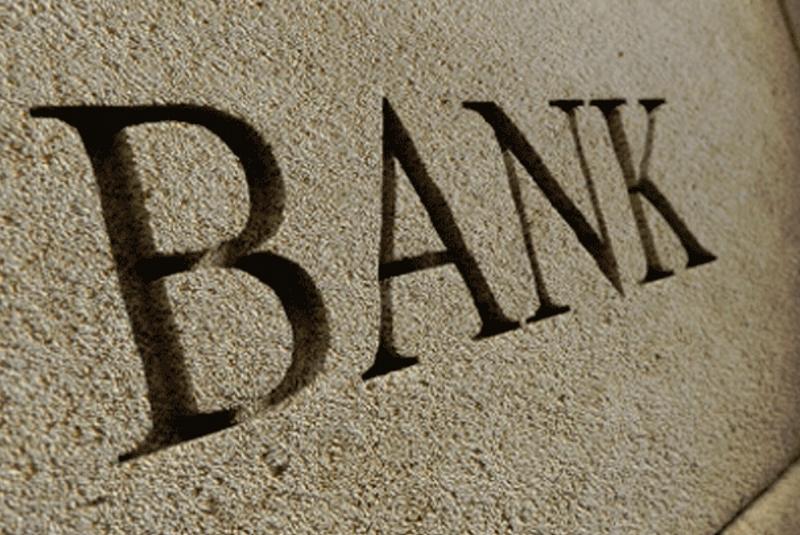


ArmInfo. Share of non-performing loans (NPL) in Armenian banks' loan portfolio grew from 4.1% to 12% (274.6 bln AMD or 567.6 mln USD) exceeding lower ceiling of international critical threshold level (10-15%). In 2015 alone share of NPL in loan portfolio of the banks rose from 8.5%. Moreover, the share of problematic credits also called 90+ days overdue (non standard, doubtful and bad loans) grew from 3.2% to 9.1% in 2010-2015 (208 bln AMD or 430 mln USD) in the loan portfolio, versus 6.1% in 2014. Particularly, the share of 180+ days overdue (doubtful and bad loans) alone increased from 2.2% to 7.5% in 2010-2015 (171.5 bln AMD or 354.4 mln USD) versus 4.4% in 2014. At the same time share of provisions for possible losses on credits grew in the loan portfolio from 1.6% to 3.5% in 2010-2015 versus 2.82% in 2014.
According to Financial Ranking of Agency of Rating Marketing Information (ArmInfo) the overdue loans grew 6.7-fold in absolute terms for the period under review, and since 2011 annual growth by 20-78% (minimum in 2012 and maximum in 2014) has been registered. In their structure doubtful and bad loans (180+ days overdue) grew almost 10-fold in 2011-2015 and the bad loans registered the main growth -7- fold. In 2015 alone portfolio of 180+ overdue loans grew almost 2-fold due to sharp growth of bad loans. At the same time the provisions for possible losses on credits grew 5.2-fold in 2011-2015 demonstrating annual growth since 2012 with maximum level in 2014 (63%).
Industrial sector (more than 21%), consumer loans (around 19% mainly mortgage loans), trade (almost 16%), agricultural loans (14%) and construction sector (nearly 8%) hold the major share of NPL. These sectors also dominate in overdue loans, and trade, industry and consumer loans are leading significantly (24-29 bln AMD or 19-24%).
According to analysts of ArmRating national ranking agency, such worsening of loan portfolio quality could not but affect the banks' financial results, the total net profit of which fell almost 2-fold in 2010-2015 while in 2014 alone by 61%, after which growth of this indicator by 12.4% was ensured in 2015 only due to significant adjustment of 2014 financial results by 14 banks (from 21 operating banks) in the end of 2015. According to the explanations provided by these banks, adjustments were made in audit balances taking into account improvement of financial result due to repayment of problematic loans. But even after this loan portfolio in NPL terms needs serious improvement, especially related to 180+ days overdue, because of which the profit does not show upward trend. While the issue of high profit is crucial for the most of the banks as they have to meet the Armenian Central Bank's new minimum total capital requirement (30 bln AMD starting from 1 Jan 2017). Most likely according to the analysts, these banks will have to undergo significant capitalization by refilling their registered funds.
Meanwhile, according to the agency's data, growth of crediting for the period under review was slackening annually from 33.6% in 2011 to 21.2% in 2014 sharply falling in 2015 to 1.7%. Particularly, corporate crediting slackened growth rates from 41% in 2011 to 1.1% in 2015 and retail crediting from positive 31% to negative 1.5%. Since 2015 crediting of economy registered downward trend in industry (from positive 26.8% to negative 8.2% in 2015), construction (from positive 14.3% to negative 9.6%), trade (from positive 9.2% to negative 1.4%), amid slackening of growth rates of agriculture crediting from 22.6% to 18.3% and public catering and services sector from 69.2% to 10.6% at the background of this, only fields of transport and communications registered accelerated growth from 1% to 48.9%. Consumer crediting significantly slackened growth in 2015 from 20.4% to 11.9% due to sharp drop of auto lending and overdrafts, as well as significant reduction of mortgage lending rates.